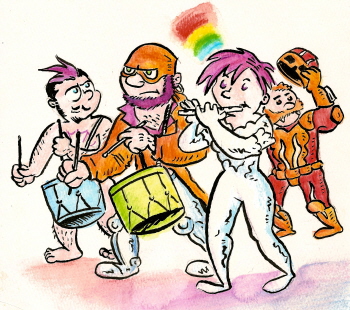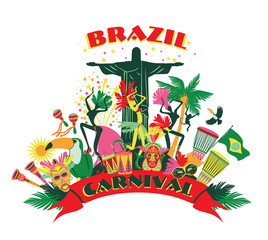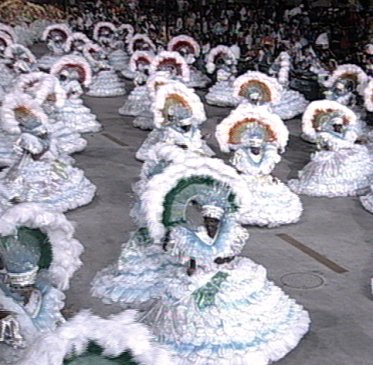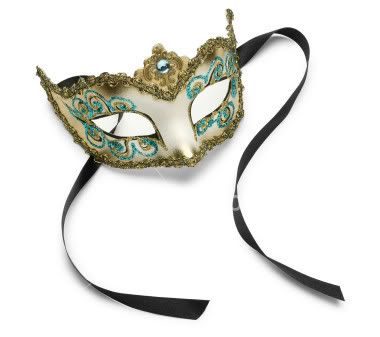The studentds of 1rst & 3rd year have decorated their classroom door in the ancient Egyptian way to celebrate this Carnival. Will they start walking like an Egyptian?
Maybe this song by The Bangles could help them to learn how to do it:
All the old paintings on the tombs
They do the sand dance don't you know
If they move too quick (oh whey oh)
They're falling down like a domino
All the bazaar men by the Nile
They got the money on a bet
Gold crocodiles (oh whey oh)
They snap their teeth on your cigarette
Foreign types with the hookah pipes say
Ay oh whey oh, ay oh whey oh
Walk like an Egyptian
Blonde waitresses take their trays
They spin around and they cross the floor
They've got the moves (oh whey oh)
You drop your drink then they bring you more
All the school kids so sick of books
They like the punk and the metal band
When the buzzer rings (oh whey oh)
They're walking like an Egyptian
All the kids in the marketplace say
Ay oh whey oh, ay oh whey oh
Walk like an Egyptian
Slide your feet up the street bend your back
Shift your arm then you pull it back
Life is hard you know (oh whey oh)
So strike a pose on a Cadillac
If you want to find all the cops
They're hanging out in the donut shop
They sing and dance (oh whey oh)
Spin the clubs cruise down the block
All the Japanese with their yen
The party boys call the Kremlin
And the Chinese know (oh whey oh)
They walk the line like Egyptian
All the cops in the donut shop say
Ay oh whey oh, ay oh whey oh
Walk like an Egyptian
Walk like an Egyptian




 The Carnival of Brazil is an annual festival in Brazil held forty days before Easter. Carnival is the most famous holiday in Brazil. It is not about a big moment in history or about a famous person, but it is important for the people because it's a time of camaraderie, freedom, and almost a whole week without work. People can choose between parties or rest, and most people choose parties, day after day, night after night.
The Carnival of Brazil is an annual festival in Brazil held forty days before Easter. Carnival is the most famous holiday in Brazil. It is not about a big moment in history or about a famous person, but it is important for the people because it's a time of camaraderie, freedom, and almost a whole week without work. People can choose between parties or rest, and most people choose parties, day after day, night after night.













.jpg/640px-INEFC-Barcelona_(Catalunya).jpg)



